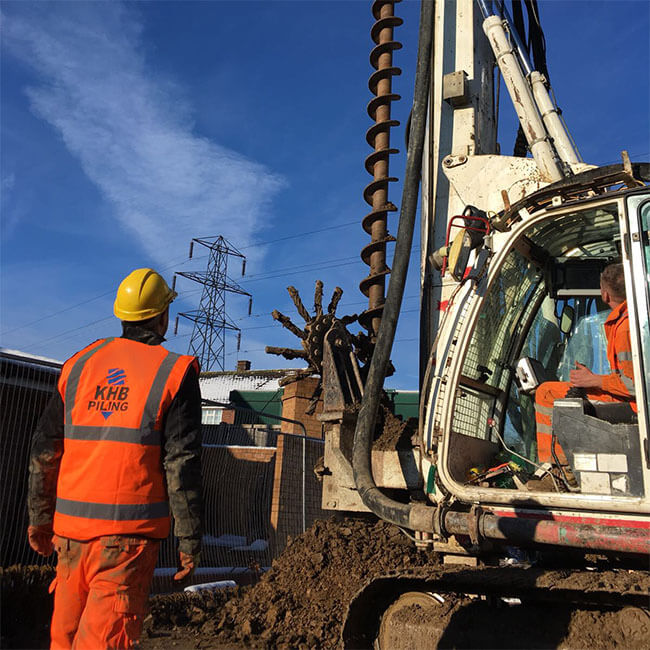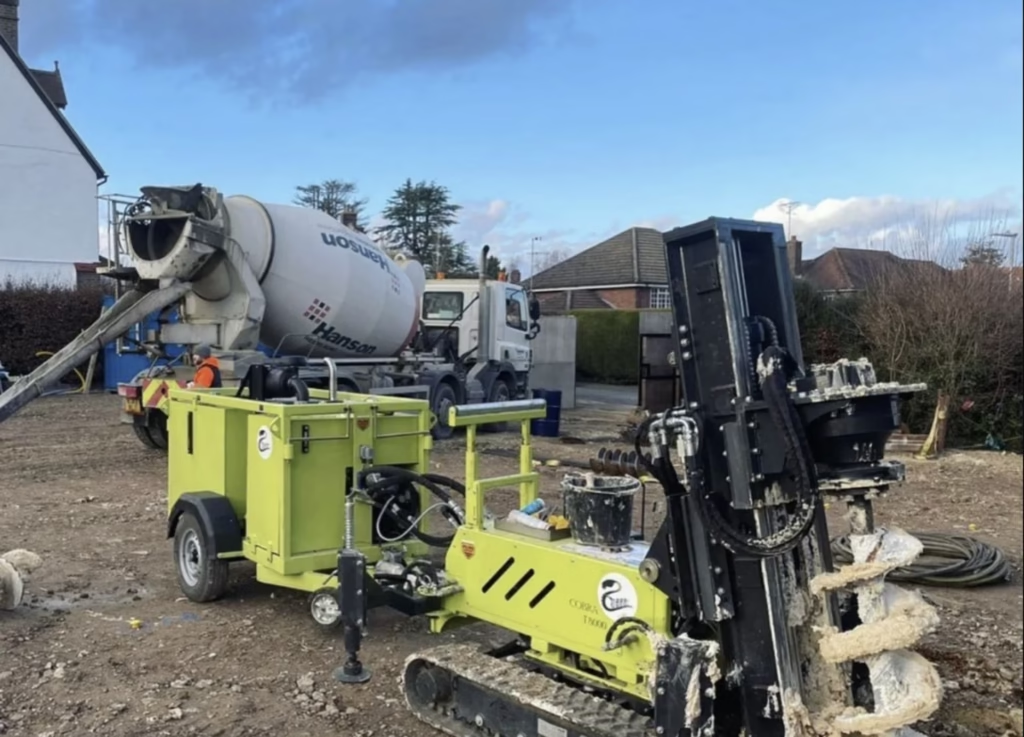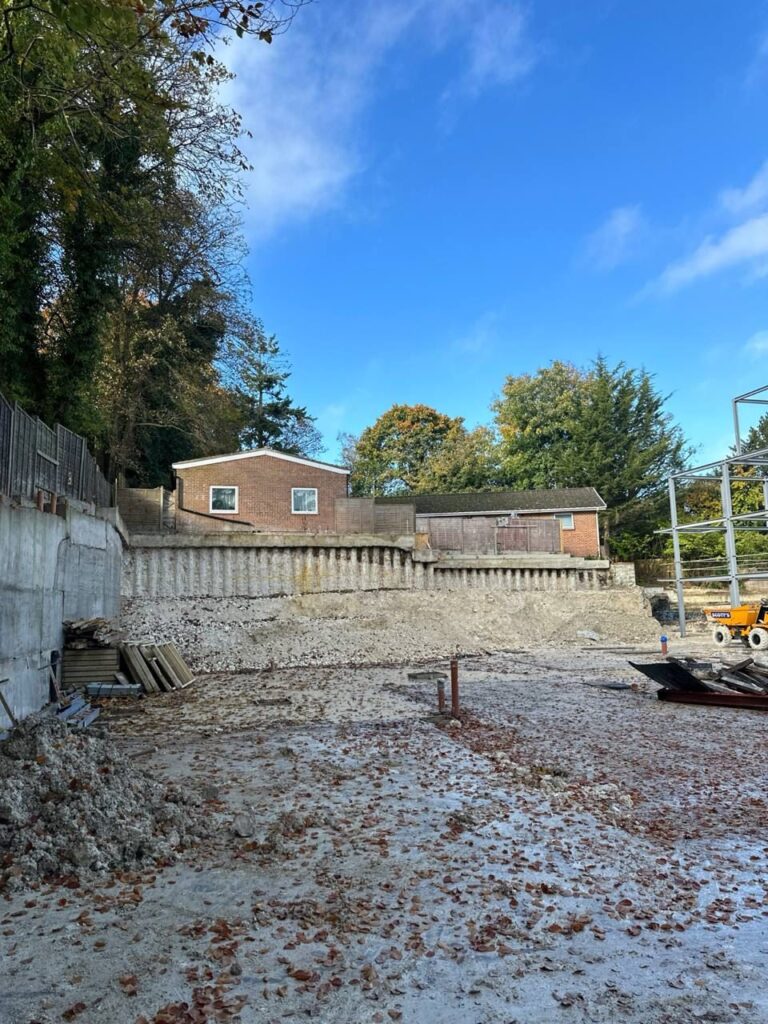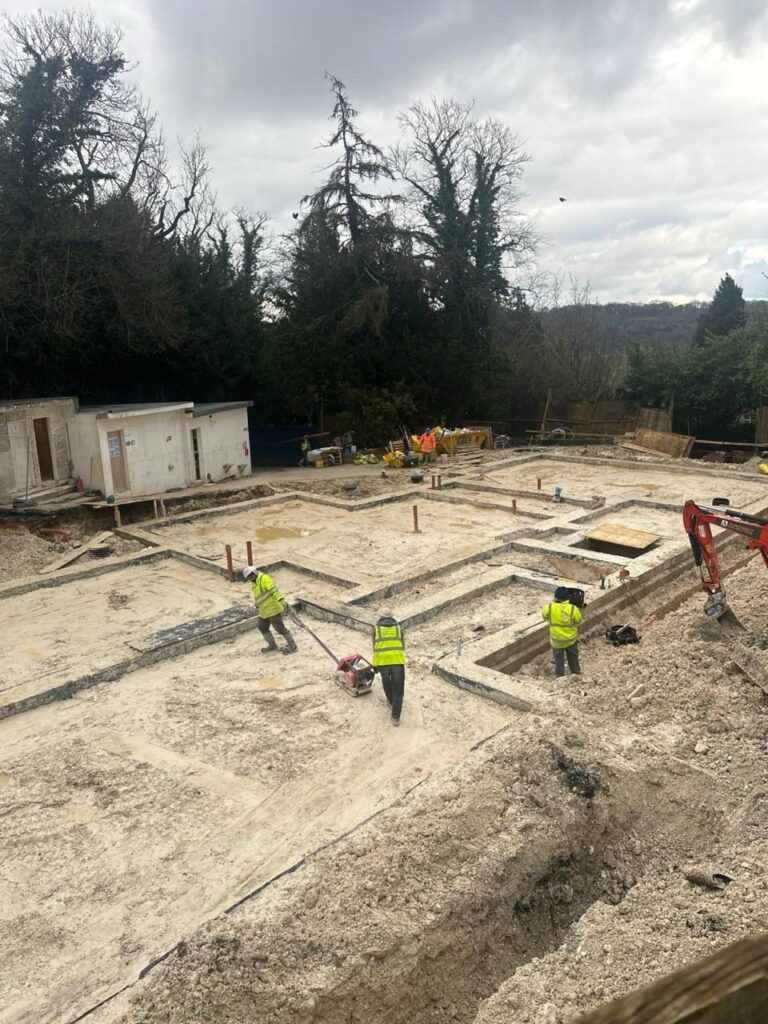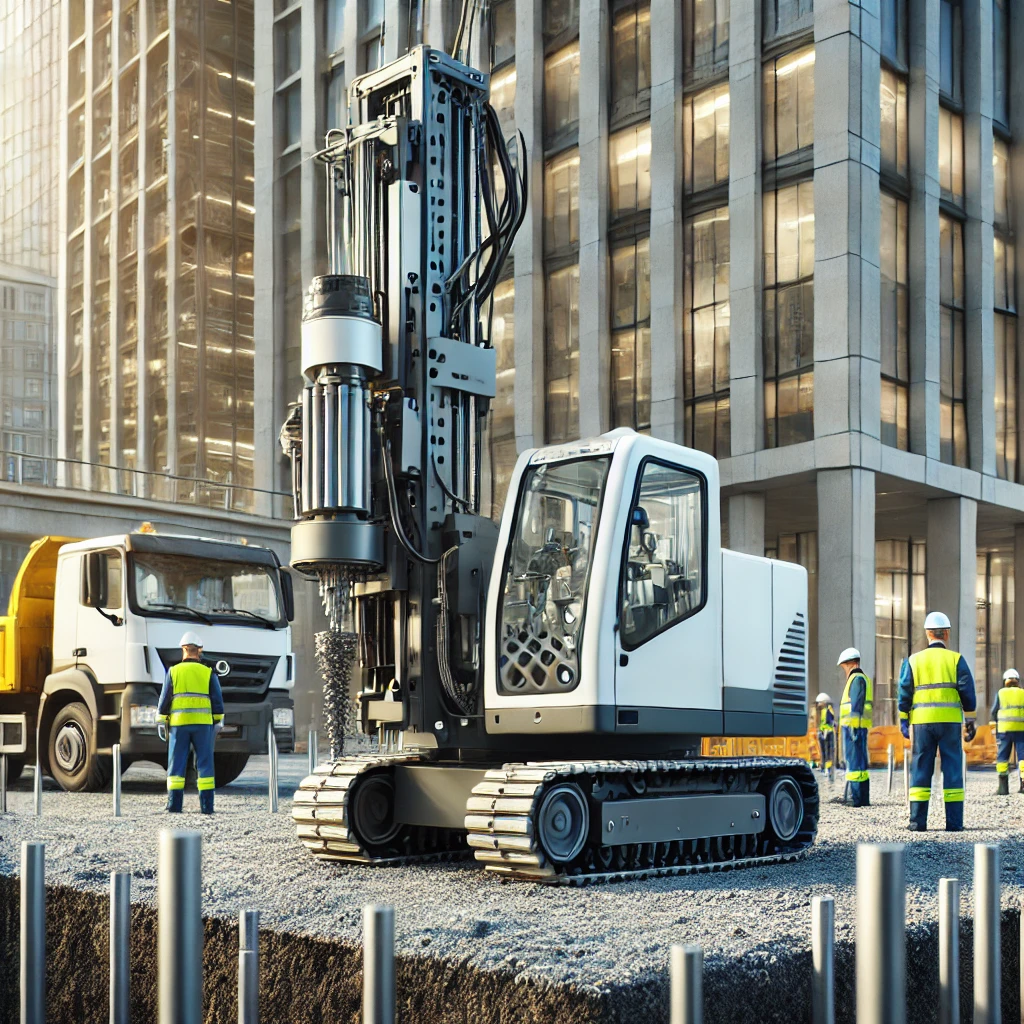Introduction: The Role of Piling in London’s Development
London’s skyline is constantly evolving, with new developments, infrastructure projects, and residential expansions reshaping the city. However, beneath these towering structures lies a crucial but often overlooked element—strong foundations. Piling is the backbone of London’s construction industry, ensuring stability and longevity for buildings in one of the world’s busiest cities.
With challenging soil conditions and increasing demands for high-density development, piling has become an essential technique for both residential and commercial projects. This article explores how modern piling solutions are shaping London’s construction landscape and why they are more important than ever.
Why Piling is Essential in London’s Construction Industry
London’s subsoil is a mixture of various materials, including London Clay, River Terrace Gravels, and Alluvium deposits. These geological conditions make traditional shallow foundations impractical for many developments, as they cannot provide sufficient support. Piling addresses this issue by driving deep foundations into the ground, ensuring long-term stability.
Common challenges in London’s soil structure include:
•London Clay, which expands and contracts with moisture changes, leading to movement in buildings.
•Gravel deposits near the Thames, which can be unstable and require deep foundation solutions.
•Alluvium and peat layers, which can lead to subsidence if not reinforced properly.
•Mixed ground conditions, requiring a combination of piling techniques to achieve stability.
Without appropriate foundation work, buildings in London would be susceptible to shifting, cracking, and long-term structural weaknesses.
Types of Piling Used in London’s Construction Projects
Over the years, piling techniques have evolved to accommodate different site conditions and project requirements. The most common methods used in London today include:
•Mini Piling – A space-efficient solution, ideal for extensions and properties with restricted access.
•CFA Piling (Continuous Flight Auger) – Commonly used for mid-rise developments and projects on clay-heavy ground.
•Rotary Bored Piling – Essential for deep foundations in high-rise buildings and large-scale infrastructure projects.
•Screw Piling – A sustainable and cost-effective alternative for specific applications.
These techniques allow developers to construct durable buildings while minimising disruption to surrounding areas.
Piling for Different Types of London Developments
The demand for secure foundations spans across various sectors, including:
•High-rise buildings, where deep piling is necessary to support heavy loads and withstand environmental factors.
•Residential expansions, including basement conversions, where mini piling and underpinning are commonly used.
•Transport infrastructure, such as the London Underground and Crossrail, which rely on deep foundation techniques for tunnel stability.
•Commercial developments, including offices, retail spaces, and mixed-use buildings, where strong foundations are required to support heavy foot traffic and structural loads.
As London continues to develop, piling remains at the core of ensuring safe and sustainable construction.
Sustainability in Piling and Modern Construction Trends
With an increased focus on environmental responsibility, piling contractors in London are adopting more sustainable methods. Innovations in eco-friendly piling include:
•The use of low-carbon concrete to reduce CO₂ emissions.
•Recycled steel reinforcement for piling cages, promoting sustainability.
•AI-driven site analysis to optimise piling depths and reduce unnecessary excavation.
•Compliance with green construction certifications, such as BREEAM and LEED.
By integrating these techniques, the industry is adapting to the need for sustainable and energy-efficient construction.
Choosing the Right Piling Contractor in London
Selecting an experienced and reliable piling contractor is crucial for ensuring quality and efficiency in construction. A professional contractor should:
•Conduct a thorough assessment of soil conditions before recommending a solution.
•Use the latest technology to enhance efficiency and safety.
•Provide cost-effective solutions without compromising on quality.
•Offer tailored piling services based on project specifications.
Why Developers Trust KHB Piling LTD
Since 2017, KHB Piling LTD has been a trusted provider of piling solutions in London, offering expertise in mini piling, CFA piling, and deep foundation work. The company works with developers, architects, and homeowners to deliver tailored piling solutions that ensure structural integrity for years to come.
As London grows, piling will remain a critical component of its construction industry, securing the city’s infrastructure and enabling new developments to thrive.
For expert piling solutions, contact KHB Piling LTD at +44 7821 836407 or request a consultation online.

